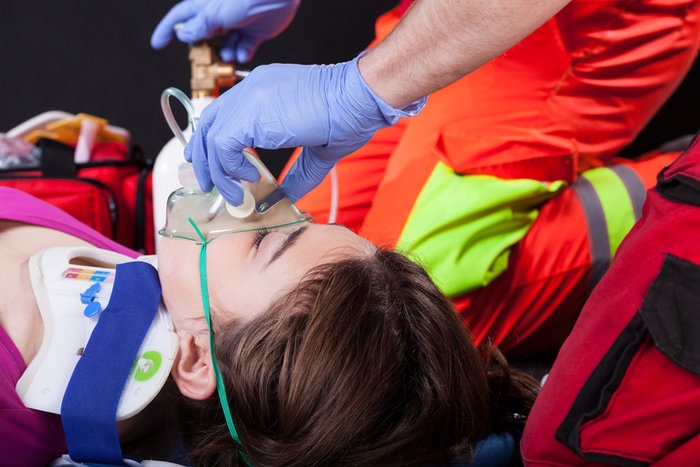
As an emergency medical professional, you rely on a number of sophisticated tools to treat your patients. From cardiac monitors that defibrillate and cardiovert to drugs that reverse anaphylaxis and pulmonary edema, you are responsible, not only for the benefits, but also the dangers, associated with such therapies. And even the simplest treatment can pose serious harm when not applied properly. A great example is your portable suction machine. Here, we’ll discuss three dangerous mistakes to avoid when applying portable suction in the field.
But before we discuss the dangers, let’s review some of the benefits of effective portable suction:
- Portability: Today’s units are small and lightweight and should be included on every call so that you are never caught without one.
- Power: Ensure your unit is charged and ready and that it provides adjustable pressure for working on pediatrics and geriatrics.
- Ease of Use: Your unit must be easy to operate, even under the most difficult circumstances, with large knobs and clear controls.
- Variety of Catheters: Be sure you have a range of catheters on hand, to handle everything from sputum to vomit.
Nothing can take the place of a good portable suction unit. But even the best units can pose risks if not handled appropriately. Here are three dangers to avoid:
1. Lack of Readiness
Like any piece of equipment, your portable suction unit must be maintained. One of the greatest dangers surrounding portable suction is not having it when you need it, and there’s no excuse for improper maintenance with something as important as suction. Here are a few guidelines to ensure your unit will be ready when needed:
- Make sure the batteries are charged and that replacement batteries are on hand.
- Check your unit at the start of each shift, which means TURNING IT ON!
- Have plenty of replacement catheters on hand.
- Perform routine maintenance per manufacturer guidelines.
- Have plenty of backup units available for everyday use and mass-casualty situations.
2. Improper Technique
Although nothing can take the place of effective suctioning, if applied inappropriately, it can pose a real danger to your patient. A mishandled catheter can cause trauma, bleeding, and obstruction. Here are a few considerations to keep in mind when suctioning:
- Good Visibility: Never suction blindly; visualize the oral cavity when suctioning.
- Beware of Dental Hardware: Many people, especially the elderly, have dental hardware that can become dislodged while suctioning, so be alert to avoid an obstruction.
- Use the Proper-Sized Catheter: Especially in pediatrics, a large-bore catheter can cause trauma and hypoxia.
- Dial It Down: If your unit has an adjustable pressure dial, lower it when suctioning pediatrics or geriatrics to avoid trauma to the airway.
3. Biohazards!
Portable suction machines are by their nature biohazardous. They collect bodily fluids, in the form of sputum, blood, and vomit, which are inherently pathogenic. To avoid contaminating future patients, be sure to follow these guidelines:
- ALWAYS disinfect your unit after each use!
- NEVER reuse disposable items!
- NEVER suction two patients using the same unit.
- CLEAN your unit according to the manufacturer’s guidelines.
- WEAR appropriate protection when suctioning:
- Gloves
- Eye protection
- Gowns, when necessary
- Mask
Your portable suction unit is one of the most fundamental tools in your lifesaving toolkit. But it can pose serious dangers to your patient, if not used appropriately. So, ensure proper maintenance, cautious technique, and a clean unit so that you and your patient may benefit from this essential treatment.















